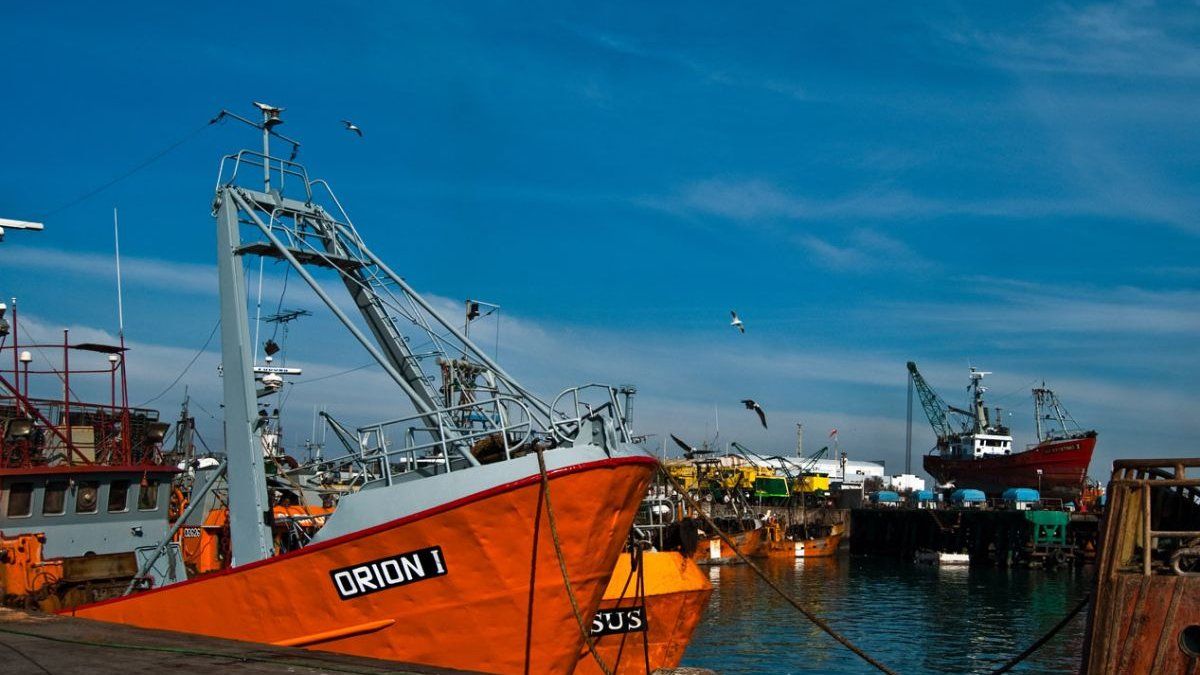The Mission’s agenda will include presentations by the participating provinces, regarding current and projected productions; the visit to different locations that began this Tuesday with the first activity in the Paraná River Aquarium, in Rosario, Santa Fe; a tour of locations in Chascomús, province of Buenos Aires; Rio Negro and Neuquen.
In line with the start of the day, Carlos Liberman, Undersecretary of Fisheries and Aquaculture explained: “This is a visit that is part of a lot of interrelation, many previous talks. On the FAO side we found a partner who welcomes us well, who gives us ideas that complement the joint work with Neuquén, Catamarca, La Pampa, Misiones, Santa Cruz, Buenos Aires, Entre Ríos, Tucumán and Santa Fe. We believe that Argentina has a great future in aquaculture, it is a source of employment, productive development and it is on its way to being one of the pillars of the planet’s diet”.
Along the same lines, the national director of Aquaculture, Guillermo Abdala, highlighted: “This meeting is the synthesis of a lot of work and at the same time a great opportunity to show what we are doing as a country in regards to our future strategy for the sector. Through actions like these we renew confidence in the articulation”.
According to advances from the Government, next year will be key for this sector that today has projects underway in the provinces of Tierra del Fuego and Río Negro. First of all, it is expected that the first tons of farmed mussels will begin to be exported, something unprecedented for Argentina and that was born from the work of the Aquaculture Department together with private sector actors who are making heavy investments. Meanwhile, trout will also begin to be exported to Japan and the United States, two fundamental markets with growth prospects.
In the same vein, work will continue on the substitution of imports, basically Chilean salmon, with local trout. Something that in practice is already happening as a result of the strong increase suffered by the price of Chilean salmon, tied to the dollar. Continuing with exports, in the agricultural portfolio they expect that oysters produced in the province of Buenos Aires will also begin to be sold in 2023, which will come from a project born during the current administration.
One of the axes of the development of local aquaculture is that it is under a regime focused on sustainability, that is to say that before beginning any aquaculture production, the Government and the private sector first face environmental impact reports with the aim of obtaining the best product but under the strictest and most reliable standards.
“In the world, 55% of the fish that human beings consume comes from aquaculture, so if locally we manage to get on that path and that the US$2,000 million that fishing exported last year represent 45% of the foreign currency generated by fish, this sector has a potential of US$2,500 million, and it can also equal or even exceed the direct and indirect jobs that today are generated by extractive fishing, which are of the order of 150,000”, explained Carlos Liberman in dialogue with Ambit.
By way of closing, the official also explained that since the current management was launched, aquaculture production in Argentina was doubled to reach 4,000 tons and in 2023 they expect it to multiply again to reach 8,000 tons and also achieve a new leap in 2025. Now also with the specific support of FAO.
Source: Ambito
David William is a talented author who has made a name for himself in the world of writing. He is a professional author who writes on a wide range of topics, from general interest to opinion news. David is currently working as a writer at 24 hours worlds where he brings his unique perspective and in-depth research to his articles, making them both informative and engaging.




